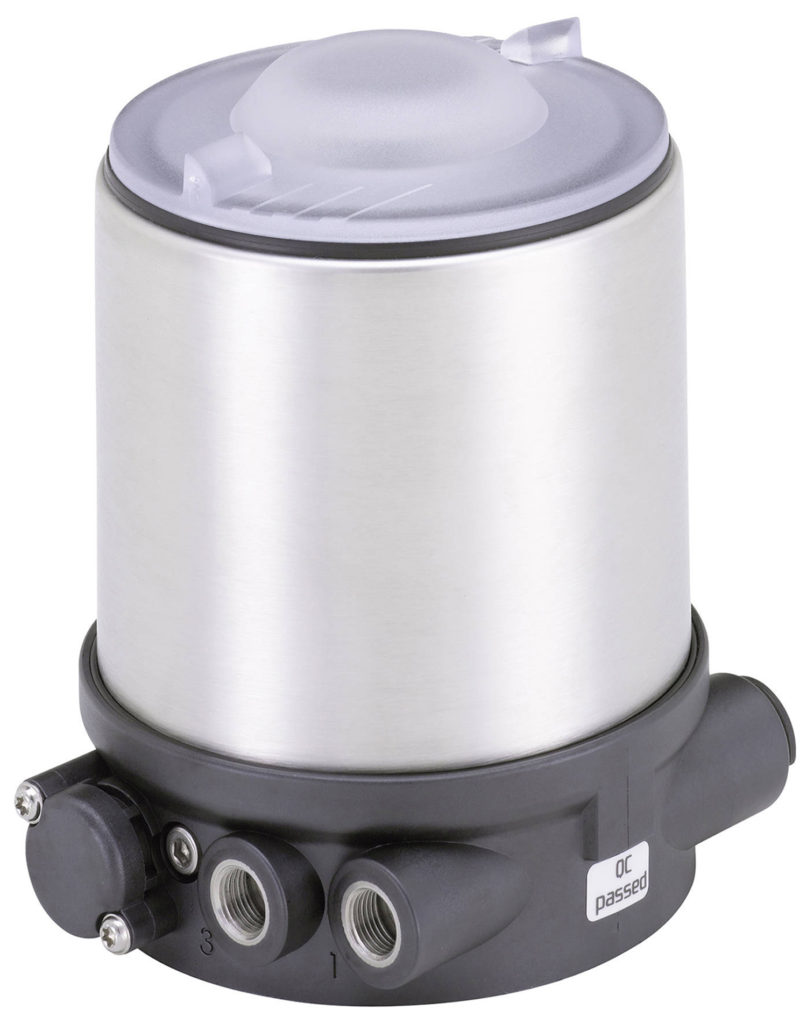The implementation of two additional industrial network interfaces in Bürkert’s Type 8691 control head makes it a universal tool for communications between valves and higher-level automation systems.
From a practical point of view the push for Industry 4.0 is bringing a focus on data exchange within industrial processes, all part of creating a ‘smart factory’.
The ability to communicate seamlessly down to component level is something Bürkert is enabling by adapting its range of ‘smart’ valve products to offer more network connectivity.
Bürkert’s new Type 8691 control head for example is now equipped with IO-Link and büS interfaces, in addition to the pre-existing fieldbus interface, AS-Interface, and DeviceNet.
These enhanced communication capabilities help enable a shift towards more digitalised industrial processes by allowing packaged data to be gathered from the connected devices.
The Type 8691 control head is designed for decentralised automation of process valves. Their end position for example is registered by the control head through a position sensor.
The range of valves that can be monitored is broad: they can be angle seat- (Type 2100), globe- (Type 2101), diaphragm- (Type 2103) or hygienic process valves.
As these different valves have the same actuators and control heads, replacements or modifications can be carried out easily.
Furthermore, the control head Type 8691 can withstand chemical exposure.
The product is ATEX II Cat. 3G/D / IECEx approved. In addition, it is easy to clean, resistant to chemicals, intrusion, dust, accidental contact, and water.
Bürkert’s valve system also enables compressed air recycling that avoids actuator chambers contamination from the environment.
Another feature of Bürkert’s control head is the coloured LEDs which clearly show the valve position status with good visibility in both light and dark environments.
Easy set-up allows operators to regulate the valves by simply pressing a button, instead of having to make the more traditional mechanical adjustments that can be destabilising and time-consuming.
Manual regulations are reduced to a minimum, while the valve maintains its integrity as a self-contained unit.
For those looking to introduce this new control technology, the Bürkert solution can reduce installation and commissioning times as well as minimise operating costs and downtime.
All these features make Type 8691 and the valve system suitable for use in hygienic processing in food, beverage and pharmaceutical industries. Allowing process industries to take a step closer to the smart-factory ideal.
 Engineer News Network The ultimate online news and information resource for today’s engineer
Engineer News Network The ultimate online news and information resource for today’s engineer





